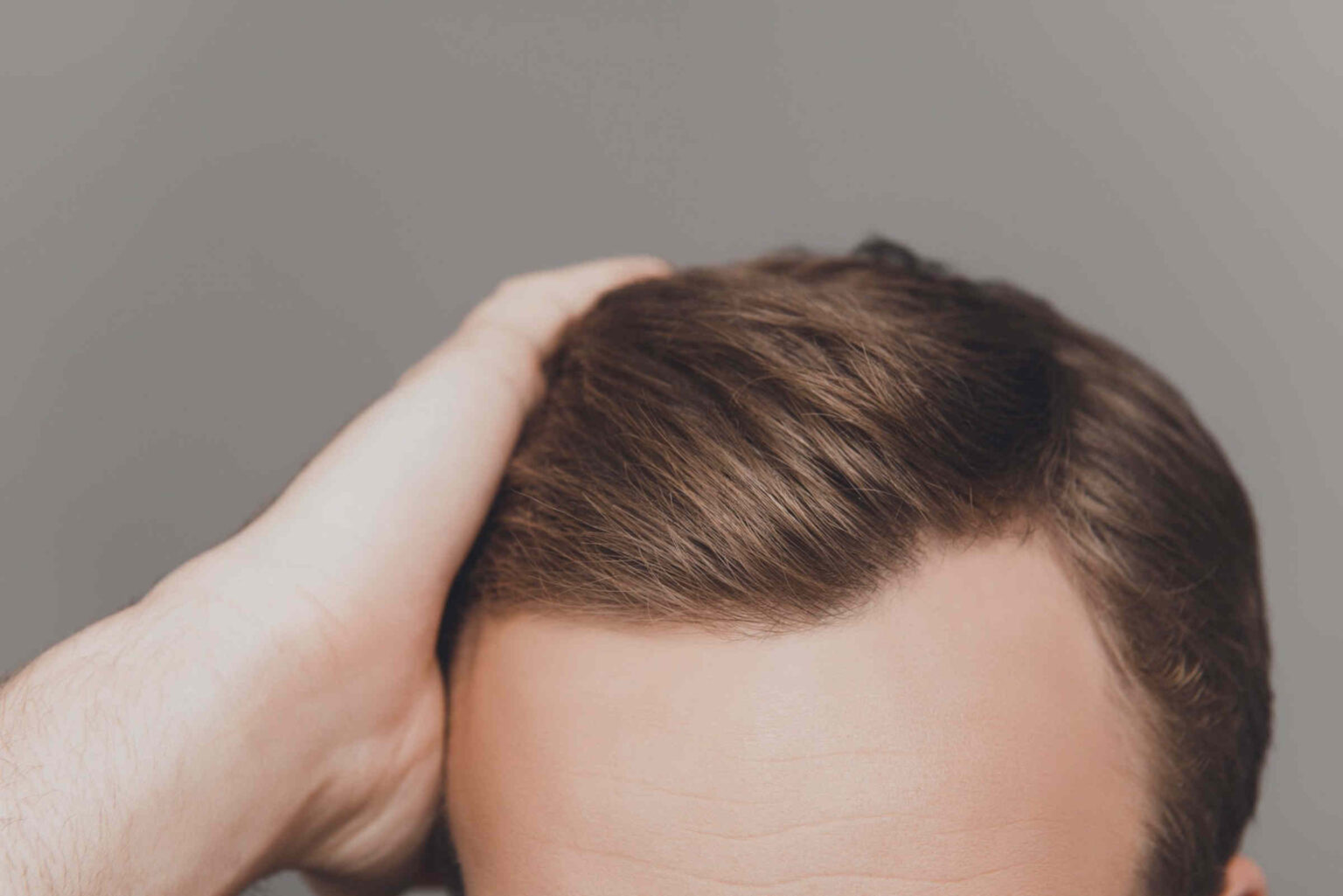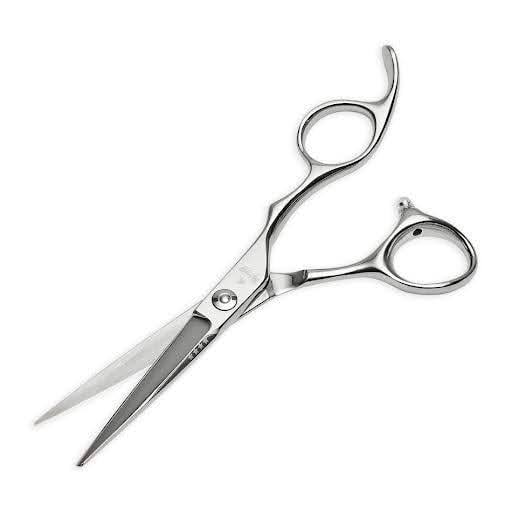
DHI HAIR TRANSPLANTATION
Hair loss is not just a cosmetic problem. If hair is thin or falling out, patients often feel that they look older and less spectacular than their age. It can be a serious disadvantage in everyday life, both personally and professionally. DHI hair transplant can help solve the problem.

Problems for patients
Patients complain that it affects their self-confidence, and some even begin to withdraw completely from social life. Even in less severe cases, the sensation caused by hair loss can be annoying. Most people struggling with this problem would prefer to get rid of it.
Since there are no other solutions to the problem of genetic hair loss, many patients opt for hair transplantation to get rid of the problem permanently. Once this decision is made, patients are faced with a potentially overwhelming choice of the type of hair transplant surgery.
DHI (direct hair implantation) is one of the most common modern methods that a potential hair transplant candidate encounters early on in their research.

How is the DHI method carried out?
Separate hairs are removed from the donor area using special stamps known as Choi implants, which have a diameter of 0.7 mm. The donor area is usually located on the back of the head. The removed hair follicles are protected inside the hollow needle of the implanter.
They are then inserted directly into the corresponding area using the implant tip. The advantage of DHI is that no prior preparation of the recipient area is necessary.
The thickness of the needles corresponds to the thickness of the hair follicles. The needle is inserted into the skin at a 45 degree angle, the individual hairs are released with gentle pressure and inserted into the opening.
An experienced surgeon can accurately determine the depth, insertion angle and direction of growth using the DHI method. This technique provides a high degree of accuracy and precision compared to other hair transplantation techniques such as FUT (Follicular Unit Transplantation) and FUE (Follicular Unit Extraction).
However, direct implantation can also pose risks to the surrounding hair roots, which could be damaged during implantation.

After procedure
In order to stimulate hair follicle growth, the scalp must be kept moist for several days after the treatment. The transplanted hair first falls out due to the “shock” caused by the transplant, and the hair follicles enter a short resting phase. After no more than twelve months, the final result is achieved: Natural, full-grown hair will regain its best quality of life!
Disadvantages of the DHI method
The surgeon, together with the medical staff, must undergo lengthy additional training coupled with practice. The procedure requires precision and extreme care. Fine needles must be precisely matched to the hair to be implanted.
A maximum of 2,500 grafts can be transplanted in one session. DHI hair transplants are more labour intensive and therefore more expensive than FUT or FUE hair transplants.
Because the piercing of new hair canals and the placement of grafts is done in one procedure, neighbouring hair roots or grafts that have already been grafted can be damaged and die.







